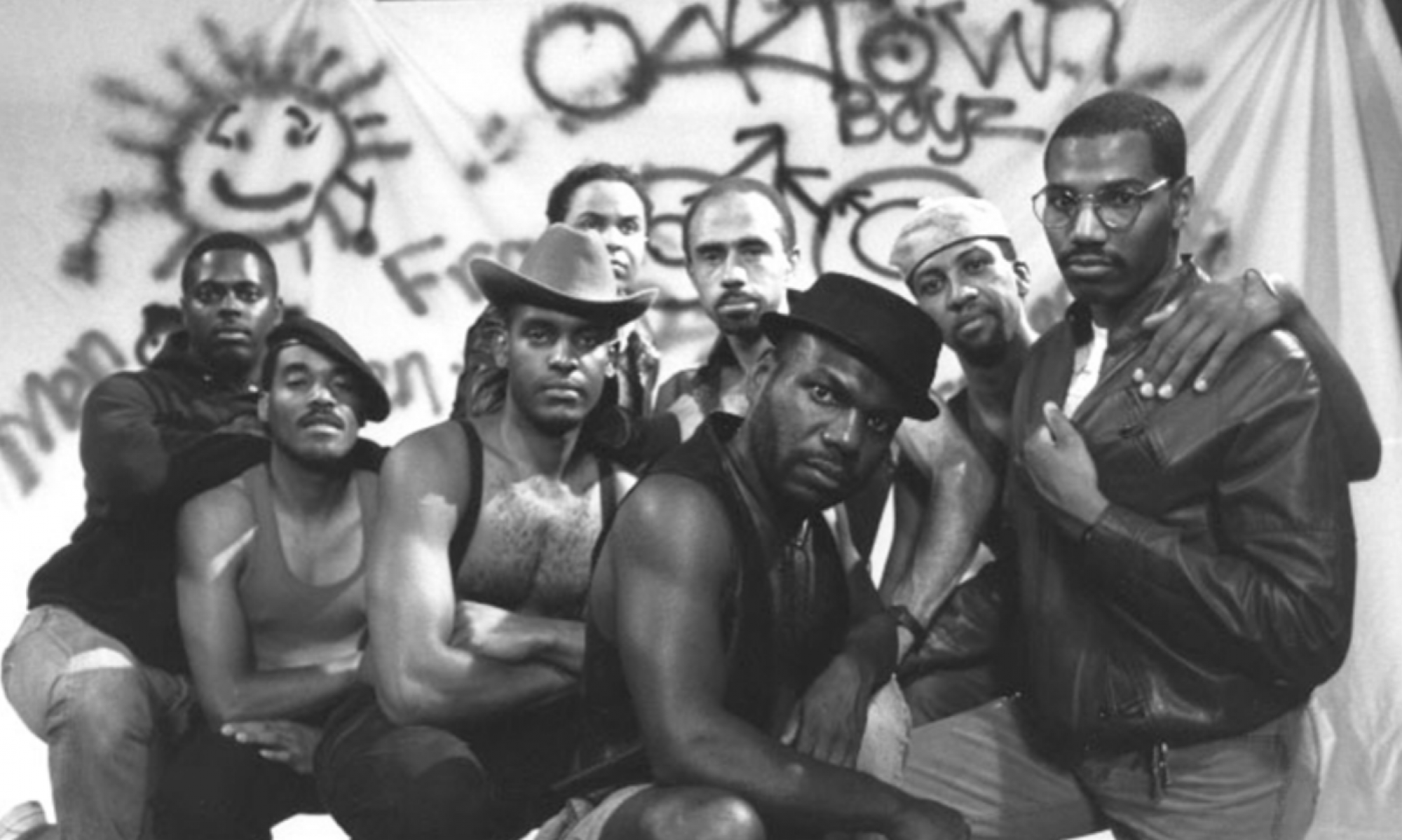I wanted to think more about the discussion we had after our last screening as a class as well as the specific selection of music videos we watched. In particular, I keep returning to our brief conversation about Beyoncé’s brand of feminism comparison to Janelle Monae’s brand of feminism, especially as they were invoked in their respective visual albums/music videos. We talked a bit about the different existing debates and criticisms regarding Beyoncé’s form of feminism in contrast to Janelle Monae’s; in their music videos, the differences can be found in their style of music, visual aesthetic, wardrobe choices, lyrics, themes, artistic direction, and so on. I find myself thinking of Alexandra Juhasz’s visit, during which we watched one of her earliest films that she made as a student. In reference to the film, which presented various facts and myths about AIDS, Juhasz said that the film wasn’t for everyone, and that it was okay that it wasn’t for everyone. The idea that certain forms of cultural production simply aren’t intended for everyone raises questions concerning audience and respectability politics that seem particularly relevant and even contradictory when applied to explicitly mainstream content like music videos.
Both Beyoncé and Janelle Monae can be categorized as mainstream artists (perhaps Beyoncé more so), and so it’s interesting to think about how their music is supposed to appeal to a wide audience in order to maintain a fan following and generate revenue, yet sometimes still presents more niche aesthetics that are not necessarily palatable to everyone. Take for example Beyoncé’s politically charged imagery of herself lying on top of a police car in New Orleans (“Formation” music video) or her use of Warsan Shire’s poetry elsewhere in Lemonade. Similarly, Janelle Monae’s Dirty Computer incorporates aspects of Afrofuturism, queerness, and alternative forms of kinship. Both artists also unapologetically address their identities as black women in their visual albums, emphasizing a position that not every viewer can relate to. But if some things aren’t and don’t have to be for everyone, then an interesting problem that arises is whether audiences who do not resonate with Monae or Beyoncé’s work should accept their disconnect or rather make an effort to recognize and question their own discomfort in order to figure out why a particular work isn’t “for them.”
I also wanted to bring in Racquel Gates’ Double Negative, specifically the section on labor, work, and performance. Gates points out that the issue of labor, both performative and invisibilized by production, is entangled in the world of reality television. Gates points to two types of labor common amongst women who appear on “trashy” reality T.V. shows like the Real Housewives or Love & Hip Hop franchises: “The women’s labor takes two forms: the women as employees of the production company, and the shows as platforms for business opportunities (Gates, 152).” Gates goes on to underscore how women on reality T.V. shows are still able to assert a certain degree of agency and “break the fourth wall” in terms of acknowledging the show as a performance/orchestrated production, despite the efforts of producers and editing that attempt to portray the events of the show as entirely “real.” I thought this was applicable to some of the music videos we watched, most notably Frank Ocean’s “Nikes” and Beyoncé’s Lemonade. In the music video for “Nikes,” Ocean acknowledges his conflicts with his record labels. Similarly, Beyoncé’s “Don’t Hurt Yourself” alludes to rumors about her husband Jay-Z’s infidelity. For both artists, the music video is a medium through which they comment on aspects of their personal lives, blending the personal with the professional (what they create as working musicians). Like reality T.V. stars, in their respective videos, Beyoncé and Ocean execute a performance that is choreographed, edited, and ultimately produced, but it is also their real lives that undergirds their onscreen labor.
